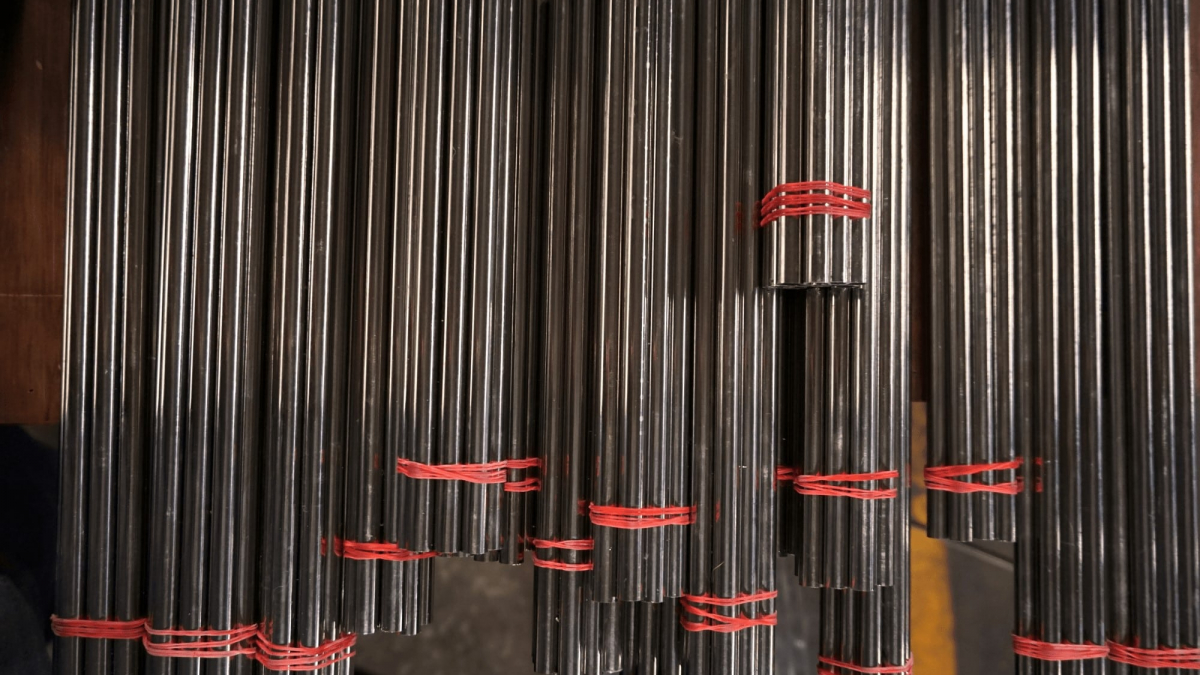Iron and steel, the most common iron alloy, are relatively poor materials from a corrosion standpoint because they rust in the air, corrode with acid, and scale in the atmosphere of a furnace. Nevertheless, there is a group of iron-based alloys. Known as stainless steel, the iron-chromium-nickel alloy does not rust in seawater, is resistant to concentrated acids, and does not scale at temperatures up to 1100 ° C.
It is this very unique universality combined with excellent mechanical and machining properties that gives stainless steel its value and makes it an indispensable tool for designers. Although the use of stainless steel is less than that of carbon steel, it shows steady growth in contrast to structural steel. Stainless steel groups are probably more non-uniform than structural steels, and their properties are often relatively unknown to designers. In a sense, stainless steel is an unexplored world, but in order to utilize these materials, we need to better understand their basic properties.
Corrosion and corrosion properties
The single most important property of stainless steels, and the reason for their existence and widespread use, is their corrosion resistance. Before looking at the properties of the various stainless steels, a short introduction to corrosion phenomena is appropriate. In spite of their image, stainless steels can suffer both “rusting” and corrosion if they are used incorrectly.
Usage of Stainless Steel
Usage is dominated by a few major areas: consumer products, equipment for the oil & gas industry, the chemical process industry and the food and beverage industry. Table 1 shows how the use of stainless steel is divided between the various applications.


